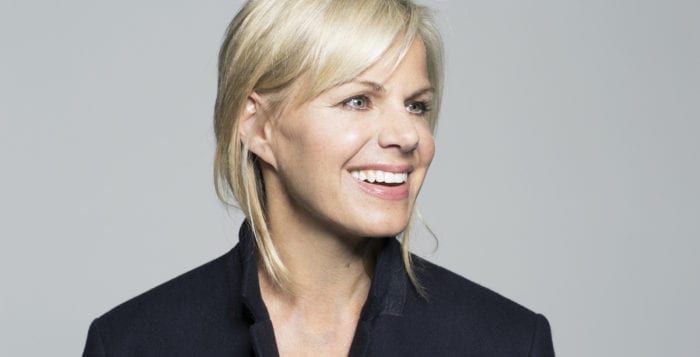Here are some chuckles from the internet. Hope you enjoy them.
1. Two antennas met on a roof, fell in love and got married. The ceremony wasn’t much, but the reception was excellent.
2. A jumper cable walks into a bar. The bartender says, “I’ll serve you, but don’t start anything.”
3. Two peanuts walk into a bar, and one was a salted.
4. A dyslexic man walked into a bra.
5. A man walks into a bar with a slab of asphalt under his arm, and says, “A beer, please — and one for the road.”
6. Two cannibals are eating a clown. One says to the other, “Does this taste funny to you?”
7. “Doc, I can’t stop singing ‘Green, Green Grass of Home.’” “That sounds like Tom Jones syndrome.” “Is it
common?” “Well, it’s not unusual.”
8. Two cows are standing next to each other in a field. Daisy says to Dolly, “I was artificially inseminated this morning.” “I don’t believe you,” says Dolly. “It’s true, no bull,” exclaims Daisy.
9. An invisible man marries an invisible woman. The kids were nothing to look at either.
10. Déjà moo: The feeling that you’ve heard this bull before.
11. I went to buy some camouflage trousers the other day, but I couldn’t find any.
12. A man woke up in the hospital after a serious accident. He shouted, “Doctor, doctor, I can’t feel my legs.” The doctor replied, “I know, I amputated your arms.”
13. I went to a seafood disco last week … and pulled a mussel.
14. What do you call a fish with no eyes? A fsh.
15. Two fish swim into a concrete wall. The one turns to the other and says, “Dam!”
16. Two Eskimos sitting in a kayak were chilly, so they lit a fire in the craft. Not surprisingly it sank, proving once again that you can’t have your kayak and heat it, too.
17. A group of chess enthusiasts checked into a hotel, and were standing in the lobby discussing their recent tournament victories. After about an hour, the manager came out of the office, and asked them to disperse. “But why?” they asked, as they moved off. “Because I can’t stand chess-nuts boasting in an open foyer,” he explained to them.
18. A woman has twins, and gives them up for adoption. One of them goes to a family in Egypt, and is named Ahmal. The other goes to a family in Spain; they name him Juan. Years later, Juan sends a picture of himself to his birth mother. Upon receiving the picture, she tells her husband that she wishes she also had a picture of Ahmal. Her husband responds, “They’re twins. If you’ve seen Juan, you’ve seen Ahmal.”
19. A dwarf, who was a mystic, escaped from jail. The call went out that there was a small medium at large.
20. And finally, there was the person who sent 20 different puns to his friends with the hope that at least 10 of the puns would make them laugh. No pun in 10 did.





